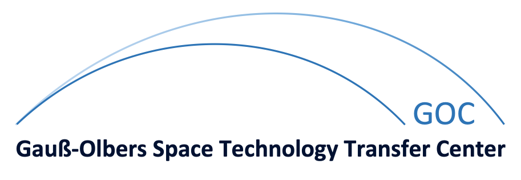Direction of Arrival Estimation based on the Dual Delay Line Approach
| Tutor: | Stefan Goetze |
| Type of Thesis: | Projektarbeit (Dipl.) |
| date of end: | 07/2008 |
| Student: | Wang Ying |
| Status: | finished |
| ANT-shelfmark: | P-7/08-1 |
| Abstract: | Multiple microphones in array configurations offer any advantages over systems with a single microphone. Due to miniature piezoelectric sensors and powerful digital signal processors, microphone arrays can now be built in a compact and inconspicuous design. This leads to a number of applications of automatically steered microphone arrays, e.g. for voice communications in cars, hands-free mobile phones, speech recognition systems, and teleconferencing systems. Minimum variance distortionless response (MVDR) beamformers are spatio-temporal filters which are capable to suppress interferers coming from different directions than the desired source without distorting the desired source signal. One very common MVDR beamformer is the superdirective beamformer. It has a high ability of suppressing noise coming from all direction without affecting a desired signal from one desired direction. In the next chapter we will specifically introduce beamforming and MVDR-beamformers. For the design of MVDRbeamformer, we first need a reliable estimation of the direction of arrival (DOA). The focus of this project is determining the direction of sound sources using the Dual Delay Line Approach. The Dual Delay Line Approach is based on the human auditory system. Its fundamental structure is adopted from a signal-processing scheme employed in biological systems for the localization of sources using interaural time differences (ITD). The two input signals are transformed to the frequency domain and analyzed for coincidences along left/right-channel delay-line pairs. The coincidence information is enhanced by a nonlinear operation followed by a temporal integration. The azimuths of the sound sources are estimated by integrating the coincidence locations across the braodband of frequencies in speech signals. |







